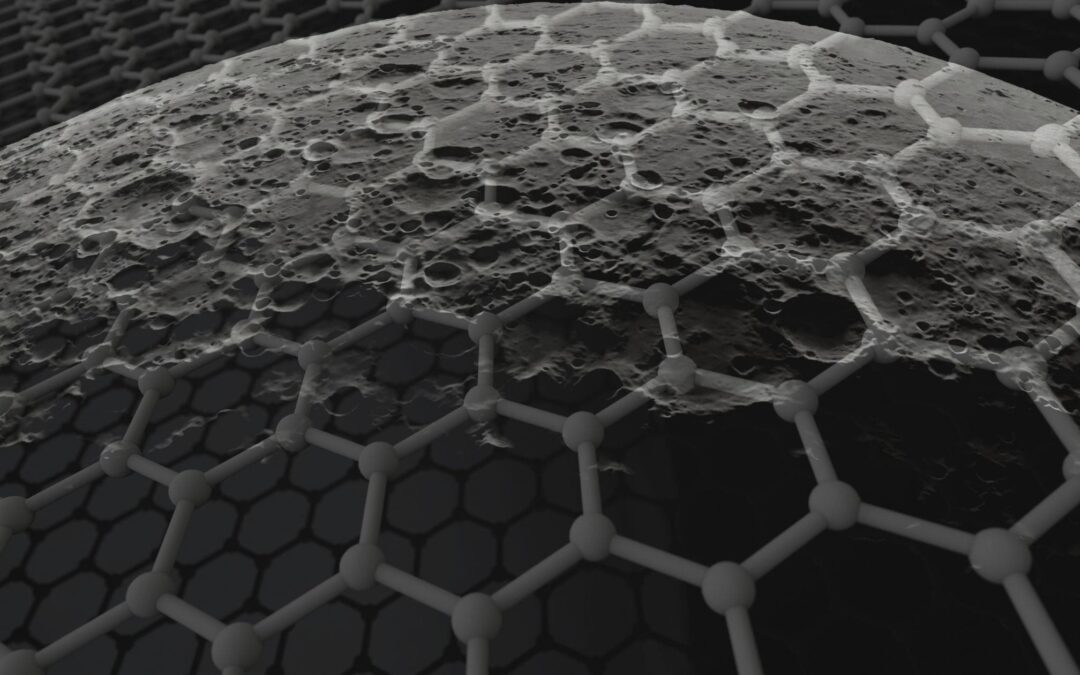It has been 50 years since man last walked on the moon, but it appears that is about to change. Billionaires have been rocketing into orbit for a while now, and public concerns have likewise announced bold intentions.
NASA’s Artemis program, for example, plans to land a woman or person of color on the moon, perhaps as early as 2026 – a departure, seeing as the 12 previous people to walk the lunar landscape (including the last of those, Gene Cernan, in 1972) were all white males. Moreover, Artemis, which works in conjunction with commercial and international partners, announced on its website that it hopes to one day build a base camp on the lunar surface.
The ultimate goal – for Artemis and others – is Mars, with the moon serving as a way station and training ground. But there is much to be gained on the moon itself, not the least of which are crucial materials that can aid in earthly pursuits, like neodymium for electric motors and helium-3, which is essential for nuclear fusion
There are those who wonder if there is in fact a need for human space travel, given the harsh conditions and the fact that at some point robots will be able to handle tasks like mining the above materials. But SpaceX head Elon Musk, who along with fellow billionaires Jeff Bezos (Blue Origin) and Richard Braanson (Virgin Galactic) is at the forefront of the new space age, argued in 2016 that to stay on Earth means risking an “eventual extinction event,” and that the far better option is to become a “spacefaring civilization.”
Far more recently, he said he is “highly confident” that SpaceX will put a man on Mars by 2026. He also predicted that there will be a city of one million people on the Red Planet by 2050. Others believe there will be a colony — not a city, but a colony — on Mars between 2040 and 2050. Making that a reality, however, means finding a way to house people in structures that can withstand the harsh conditions in space. On the moon alone, for example, the temperature can vary between 224.6 degrees during the day and minus-243.4 degrees at night. There are also the matters of radiation and micrometeorites and space junk.
Graphene is one possibility. This one-atom-thick layer of graphite, first isolated in 2004, is 200 times stronger than steel. It can withstand temperature extremes. It is flexible and conductive. Vivek Koncherry and James Baker, professors at the University of Manchester in the UK, have done ground-breaking work in this area, and argued in a recent report that “some of the biggest challenges to space habitats can be solved through the use of graphene and other 2D materials.”
Not without reason, then, did the two researchers say that space represents a “new frontier,” not only for the explorers but the scientists looking to give them the best possible means to succeed. In saying that, they faintly echoed actor William Shatner, who played fictional captain James T. Kirk on the 1960s television show “Star Trek” (and who, at age 90, was a passenger on one of Bezos’ Blue Origins flights in October 2021). Shatner/Kirk always called space “the final frontier.” But you get the idea; everybody in the scientific community is through the glass darkly now, taking on challenges that might have once seemed insurmountable.
Now, not so much. Koncherry, Baker and Co. have even developed the prototype for a graphene-based space habitat, while partnering with the architectural firm Skidmore, Owings & Merrill (SOM), which designed the world’s tallest building, Burj Khalifa, in Dubai. Tim Newns, Chief Executive of MIDAS, Manchester’s inward investment agency, told the university’s website that this development “underlines the breadth of applications where advanced materials and in particular graphene can revolutionize global industries such as the space industry.”
And not a moment too soon, considering where the sector appears to be headed – literally, financially and every other way. The space economy is expected to soar past the $1 trillion mark by 2040, so innovation will no doubt continue. And graphene will be central to that.

